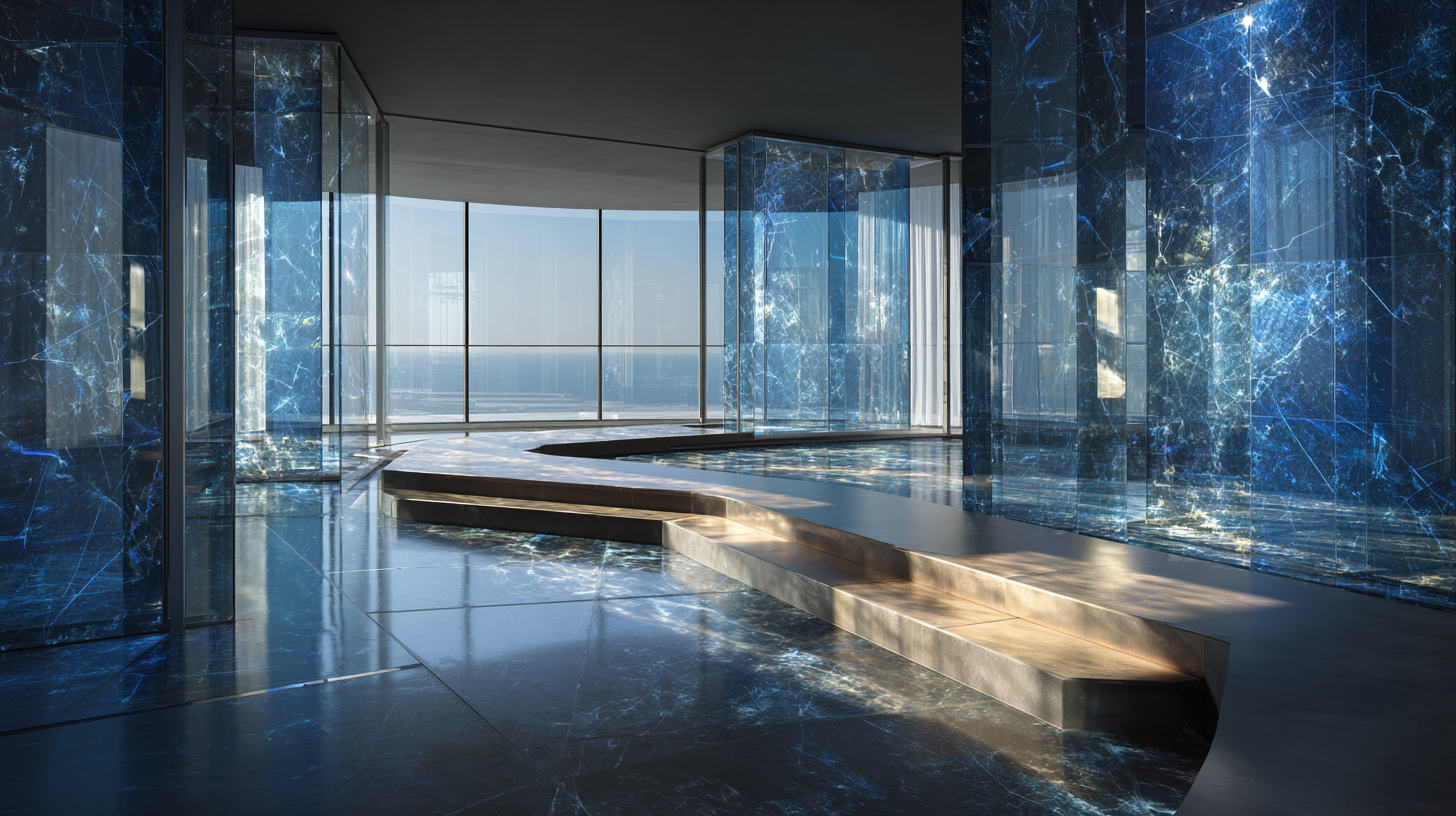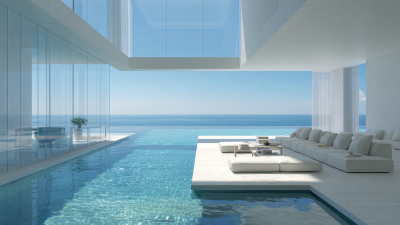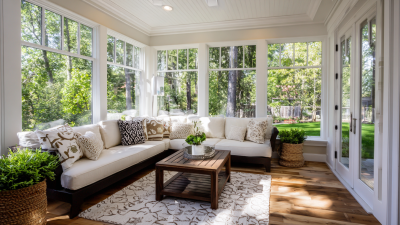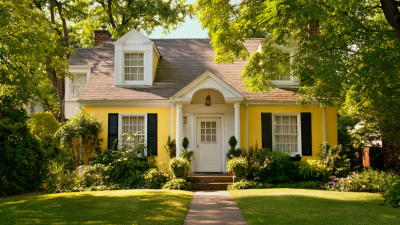The rapid evolution of architectural design has seen innovative glass solutions emerge as pivotal elements in modern construction and aesthetics. As architects and designers increasingly seek to integrate transparency, lightness, and sustainability into their projects, glass solutions provide the perfect medium to fulfill these visionary concepts. From energy-efficient glazing to self-cleaning surfaces and even dynamic façades that respond to environmental conditions, the versatility of glass continues to redefine the boundaries of what buildings can achieve. In this guide, we will explore the myriad ways in which innovative glass solutions are transforming both the functionality and beauty of modern architecture, while also addressing the practical aspects of implementation. Join us as we delve into the exciting world of glass in design and discover how it is reshaping urban landscapes and enhancing the overall experience of architectural spaces.

In the realm of modern architectural design, glass has emerged as a game-changing material, fundamentally transforming facades and building aesthetics. The advent of ultra-thin, sustainable windows enables architects to push the boundaries of design while enhancing energy efficiency. These innovations not only maximize natural light but also create striking visual impacts that redefine urban landscapes. As architects increasingly incorporate large glass panels and curtain walls, the seamless integration of indoor and outdoor spaces becomes a hallmark of contemporary architecture.
The role of glass is further revolutionized by the introduction of Building Integrated Photovoltaic (BIPV) solutions, which combine the beauty of glass with energy-generating capabilities. Such advancements highlight the potential of glass to contribute to sustainable building practices, effectively merging environmental considerations with modern design aesthetics. As the industry evolves, glass innovations continue to play a pivotal role in shaping not just individual buildings, but entire architectural philosophies aimed at sustainability and visual appeal.
This chart illustrates the percentage of glass usage in different types of modern architecture including residential, commercial, industrial, retail, and educational buildings. The high usage rates underscore the importance of innovative glass solutions in façade design and modern architectural aesthetics.
The advent of smart glass technologies has revolutionized the way we approach energy efficiency and comfort in modern architecture. According to a report by the International Energy Agency, buildings account for approximately 30% of global energy consumption, with windows contributing significantly to heat loss and gain. Smart glass, which can adjust transparency based on sunlight intensity or user preference, offers an innovative solution to this challenge. By utilizing electrochromic, thermochromic, or photochromic technologies, these windows can minimize reliance on heating and cooling systems, leading to a reduction in energy costs by up to 25%.
Moreover, the integration of smart glass not only enhances energy efficiency but also improves occupant comfort. A study conducted by the American Society of Heating, Refrigerating and Air-Conditioning Engineers indicates that maintaining a comfortable indoor environment can boost productivity and well-being. Smart glass can regulate glare and optimize natural light, creating pleasant surroundings that contribute to the overall quality of indoor spaces. As architects and designers increasingly incorporate these advanced materials, the future of sustainable buildings looks promising, with smart glass at the forefront of this transformation.
Creative glass applications have revolutionized the way architects and designers approach their projects, allowing for a seamless integration of aesthetics and functionality. From large glass facades that create stunning visual impacts to intricate glass partitions that enhance interior spaces, glass has become a versatile material that enhances both form and function. These structural elements not only maximize natural light but also offer energy efficiency and weather resistance, making them invaluable in modern architecture.
Beyond structural uses, glass has emerged as a medium for artistic expression in design. Innovative techniques such as glass mosaics, blown glass installations, and smart glass technologies infuse personality and creativity into spaces. Artists and designers are now exploring the potential of colored, patterned, and interactive glass to create dynamic environments that inspire and engage. This artistic aspect of glass not only transforms buildings into visually captivating landmarks but also enriches the experience of those who interact with these spaces, blurring the line between architecture and art.
| Application | Description | Material Type | Benefits |
|---|---|---|---|
| Structural Glass Facades | Glazed elements used as exterior walls providing high aesthetics and natural lighting. | Tempered Glass | Energy efficiency, safety, and modern appearance. |
| Glass Railings | Transparent barriers that ensure safety while preserving views. | Laminated Glass | High transparency, safety, and structural integrity. |
| Glass Canopies | Overhead structures that shelter entrances or pathways. | Low-Iron Glass | Maximized light transmission and minimal color distortion. |
| Glass Partitions | Dividers that create separate spaces while maintaining openness. | Clear Tempered Glass | Sound insulation, space efficiency, and aesthetics. |
| Art Glass Installations | Custom-designed panels that serve as artistic focal points. | Stained or Fused Glass | Unique design, personalization, and vibrant colors. |
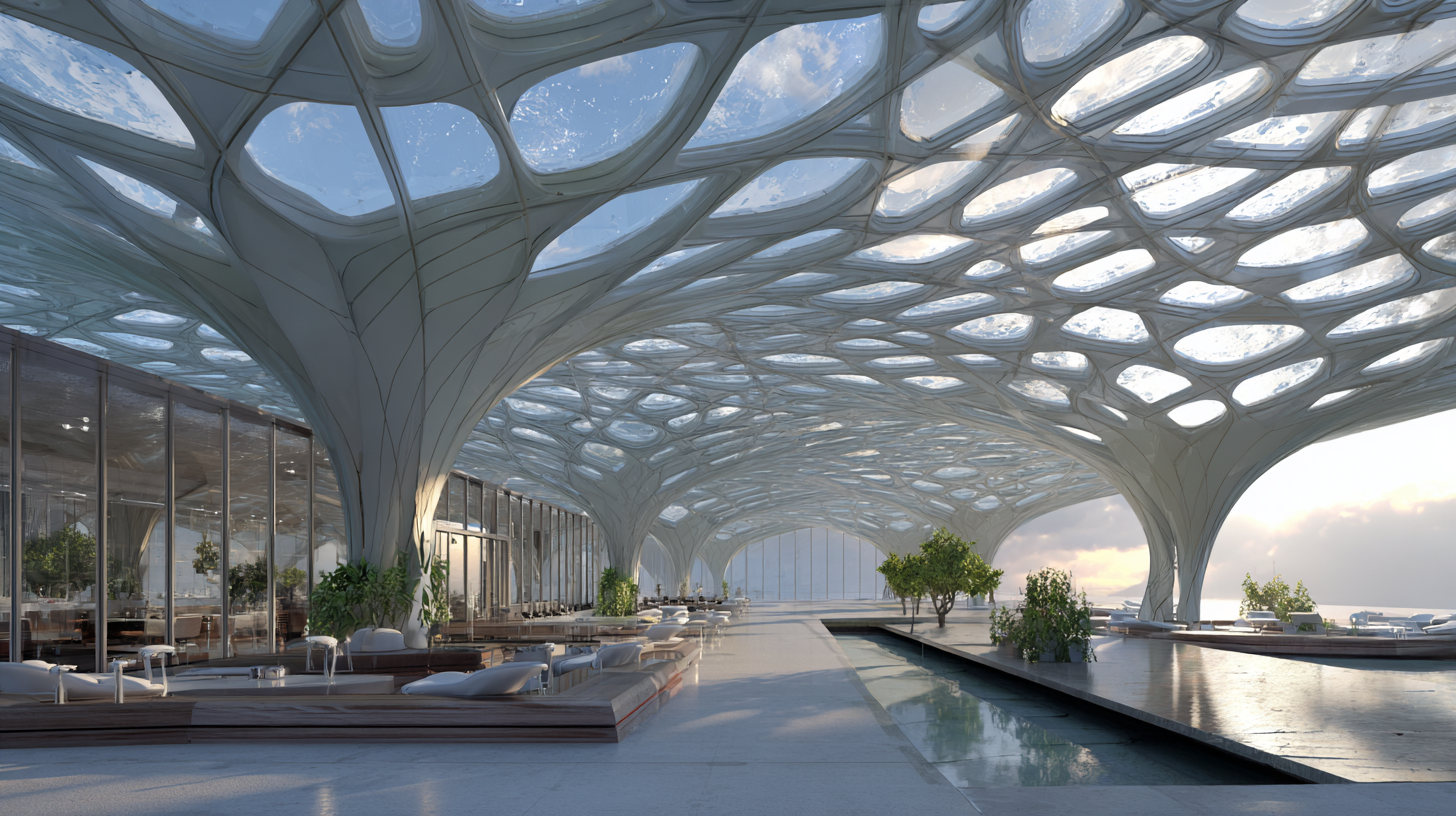 The construction industry is experiencing a transformative shift thanks to innovative and eco-friendly glass solutions.
Sustainable glass technologies not only enhance the aesthetic appeal of structures but also contribute to energy efficiency and environmental conservation.
By utilizing advanced manufacturing techniques and recycled materials, architects and builders can create installations that minimize carbon footprints and maximize energy efficiency.
Smart glazing technologies, such as electrochromic and thermochromic glass, allow buildings to adapt to changing sunlight and temperature conditions,
further reducing reliance on artificial climate control systems.
The construction industry is experiencing a transformative shift thanks to innovative and eco-friendly glass solutions.
Sustainable glass technologies not only enhance the aesthetic appeal of structures but also contribute to energy efficiency and environmental conservation.
By utilizing advanced manufacturing techniques and recycled materials, architects and builders can create installations that minimize carbon footprints and maximize energy efficiency.
Smart glazing technologies, such as electrochromic and thermochromic glass, allow buildings to adapt to changing sunlight and temperature conditions,
further reducing reliance on artificial climate control systems.
Moreover, eco-friendly glass solutions foster improved indoor air quality and natural lighting, which are essential for residential and commercial environments.
These solutions enable architects to design spaces that harness daylight while reducing heat gain, leading to low-energy consumption structures.
As green building practices become increasingly prioritized, the integration of sustainable glass not only meets regulatory requirements but also promotes a healthier living environment.
This revolutionary approach not only redefines architectural possibilities but also supports a global shift towards sustainability in construction.
The future of glass design is being significantly influenced by innovations in smart glass technology, which includes a range of applications such as electrochromic, suspended particle device (SPD), and polymer-dispersed liquid crystal (PDLC) glass. As the architectural landscape evolves, these intelligent glass solutions are becoming increasingly vital in creating spaces that are not only aesthetically pleasing but also functional and energy-efficient. The smart glass market is poised to grow substantially, projected to increase from $46.51 billion in 2019 to $157.88 billion by 2027, reflecting a robust compound annual growth rate (CAGR) of 17.2%.
Regions across the globe are embracing smart glass applications in various sectors, particularly in automotive, aerospace, and construction. Notable projects, such as the implementation of bullet-proof glass in the new presidential office in Nusantara, showcase how modern architecture incorporates advanced glass solutions, enhancing safety and design integrity. As trends continue to shape the future of architecture, the integration of smart glass will redefine how spaces interact with natural light and energy use, paving the way for more sustainable building practices.
